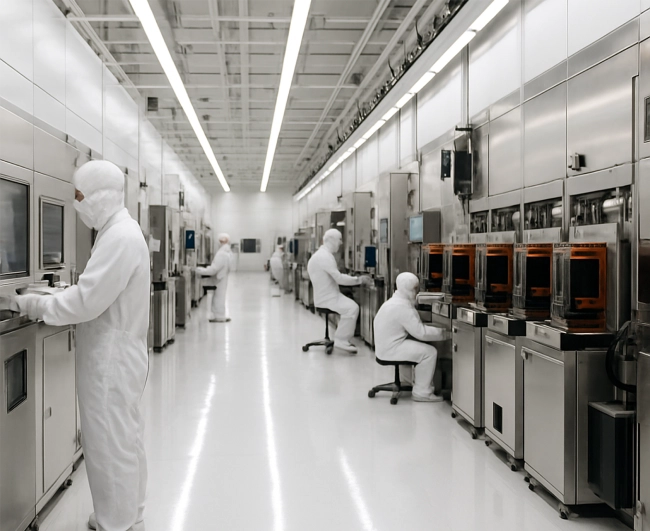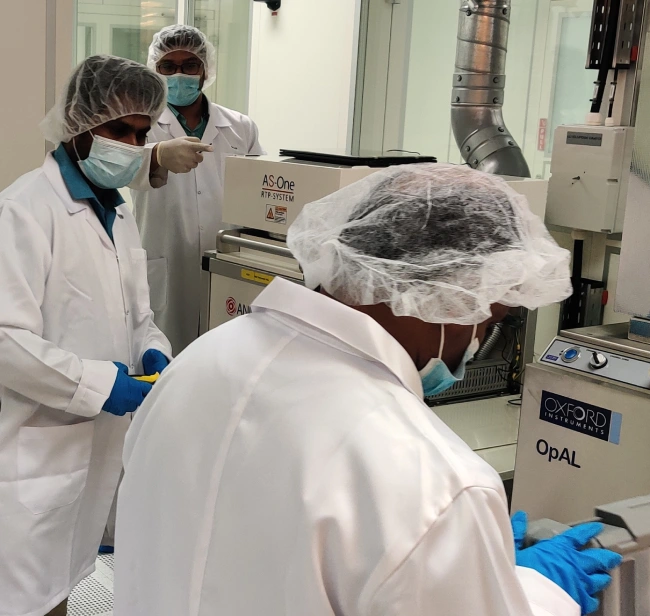
At Orbit & Skyline, our Process Engineering Team comprises experts with extensive experience in High Volume Manufacturing (HVM) at leading fabs such as Intel, Micron, and Global Foundries.
Our diverse team includes PhD holders and esteemed professors who excel in setting up advanced labs and guiding the next generation of engineers. We specialize in CMOS and Compound Semiconductor Fabs, offering comprehensive support from tool and process qualification to unit step, module development, and technology transfer.



We tailor our process engineering services to meet your fab's specific needs. Whether you're scaling, optimizing, or transitioning technologies, our solutions are built to fit.
Our well-regarded Process Engineering Team comprises global specialists with experience from leading fabs such as Intel, Micron, and GlobalFoundries, as well as with OEMs like AMAT and LAM, has been delivering reliable solutions across the semiconductor Industry. With expertise spanning CMOS and compound semiconductors, we offer unparalleled support in process development, technology transfer, and workforce training, ensuring your success.


Strong partnerships with OEMs like AMAT and LAM, and with Fabs such as Intel, Micron, and GlobalFoundries.

Advanced Lab Setup and Workforce Training

Specialization In CMOS and Compound Semiconductors

Global Perspective with Local Agility

End-To-End Process Engineering Support

Seamless Technology Transfer and Integration
Secure, efficient transfer of intellectual property, enhancing technological edge.
Seamless integration of devices into production for smooth operations.
Continuous monitoring to maintain and optimize production line performance.
Implementing strategies to maximize yield and boost production output.

Custom processes for optimal manufacturing.

Smooth integration and operation across fabs.

Expertise in GaN and GaAs materials using MOCVD and MBE.

Identifying and addressing production gaps for seamless operation.

In production fabs, newly installed or upgraded tools often face long delays before they contribute to real product output. In this case, the goal was to:
To overcome these timeline bottlenecks, a dual-track strategy was adopted, with tool and process qualification progressed on one track while the product enablement infrastructure was built in parallel. This approach enabled both paths to converge at a single point, where the tool became production-ready the moment it was accepted.